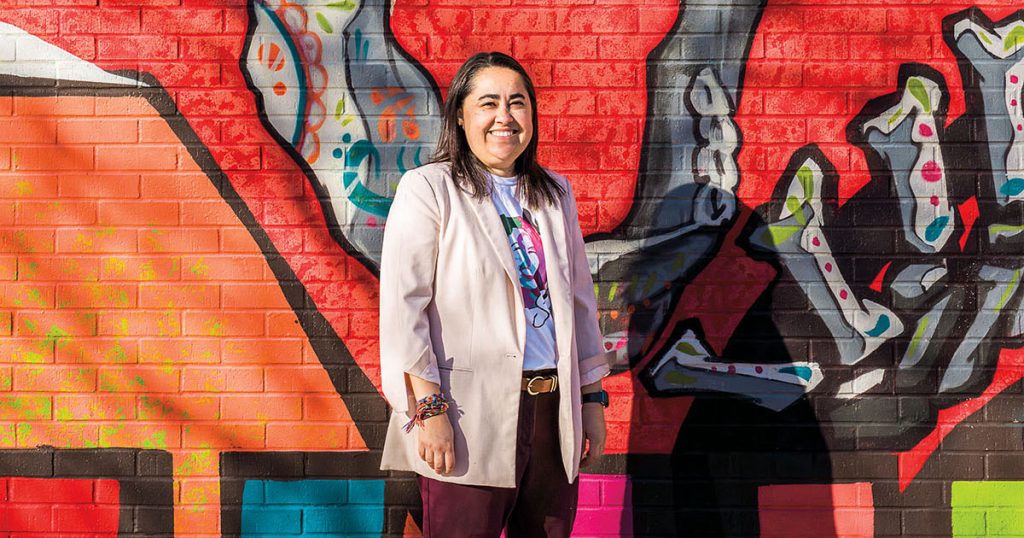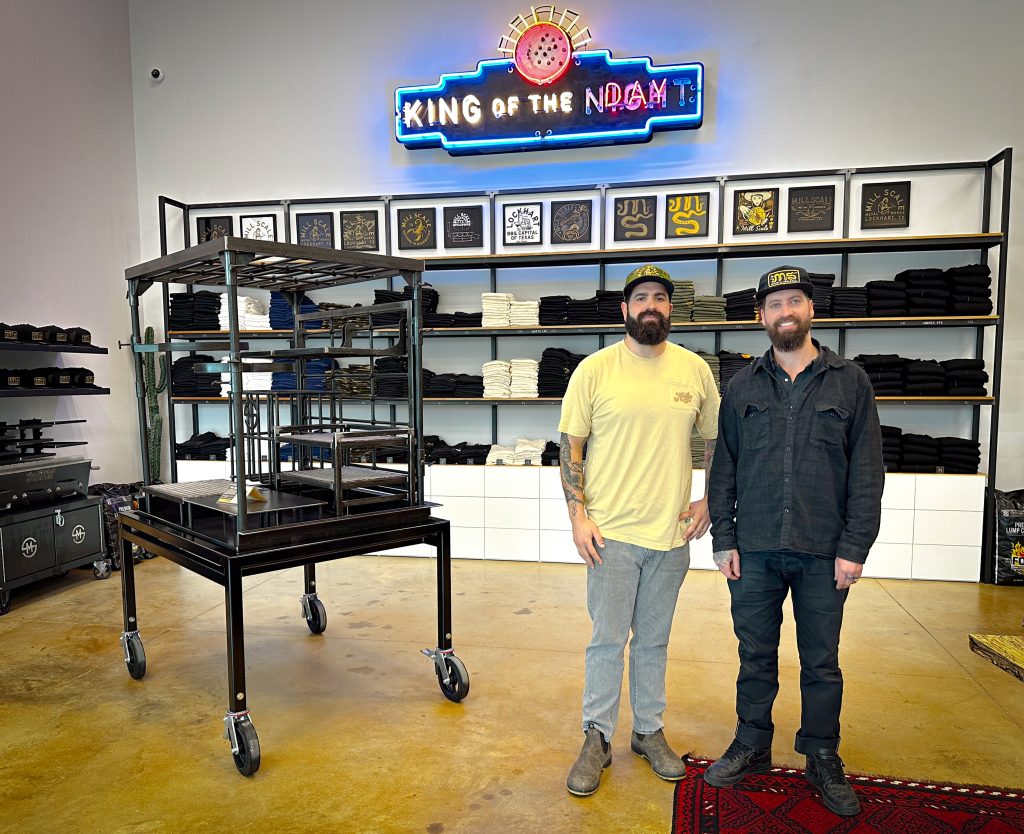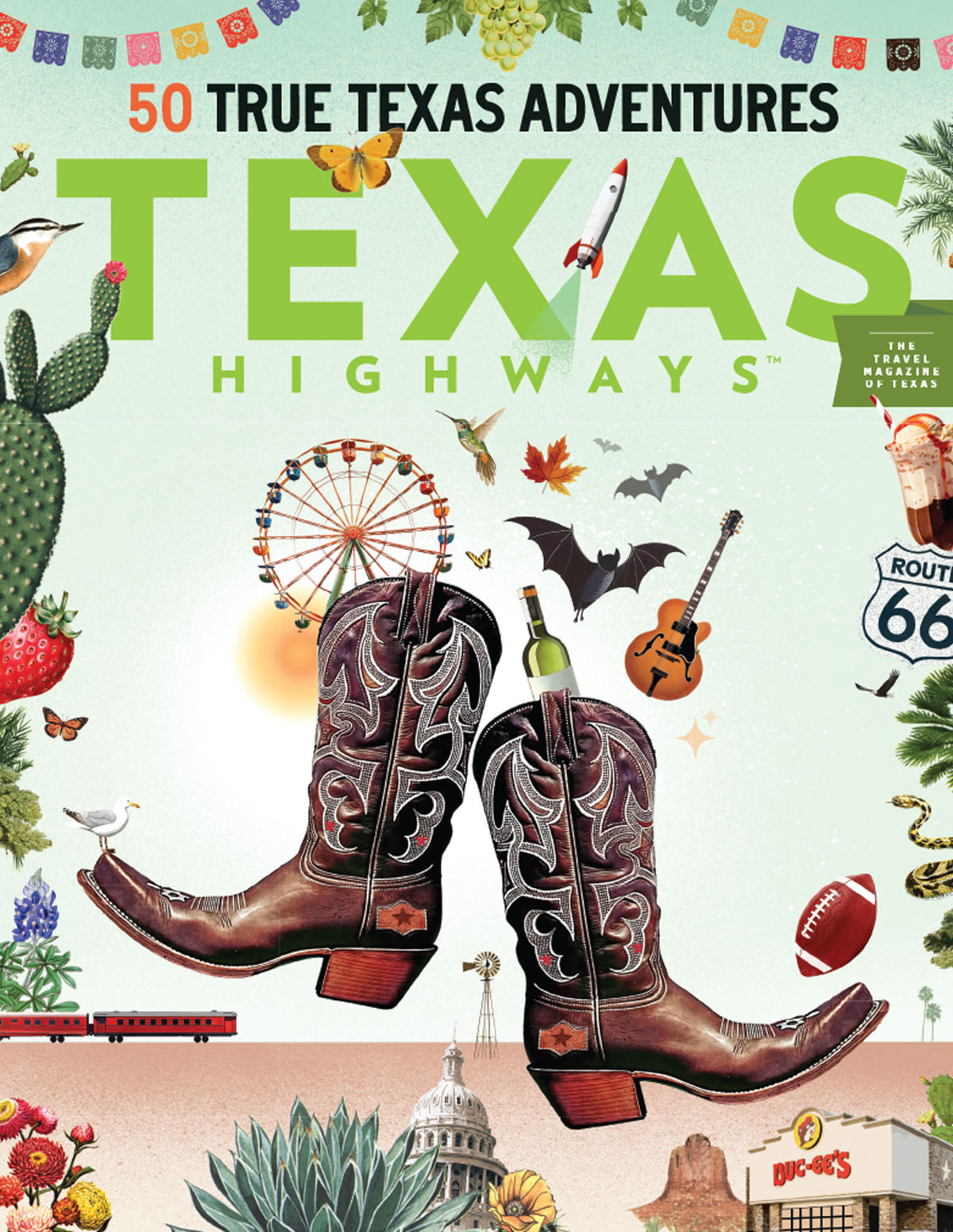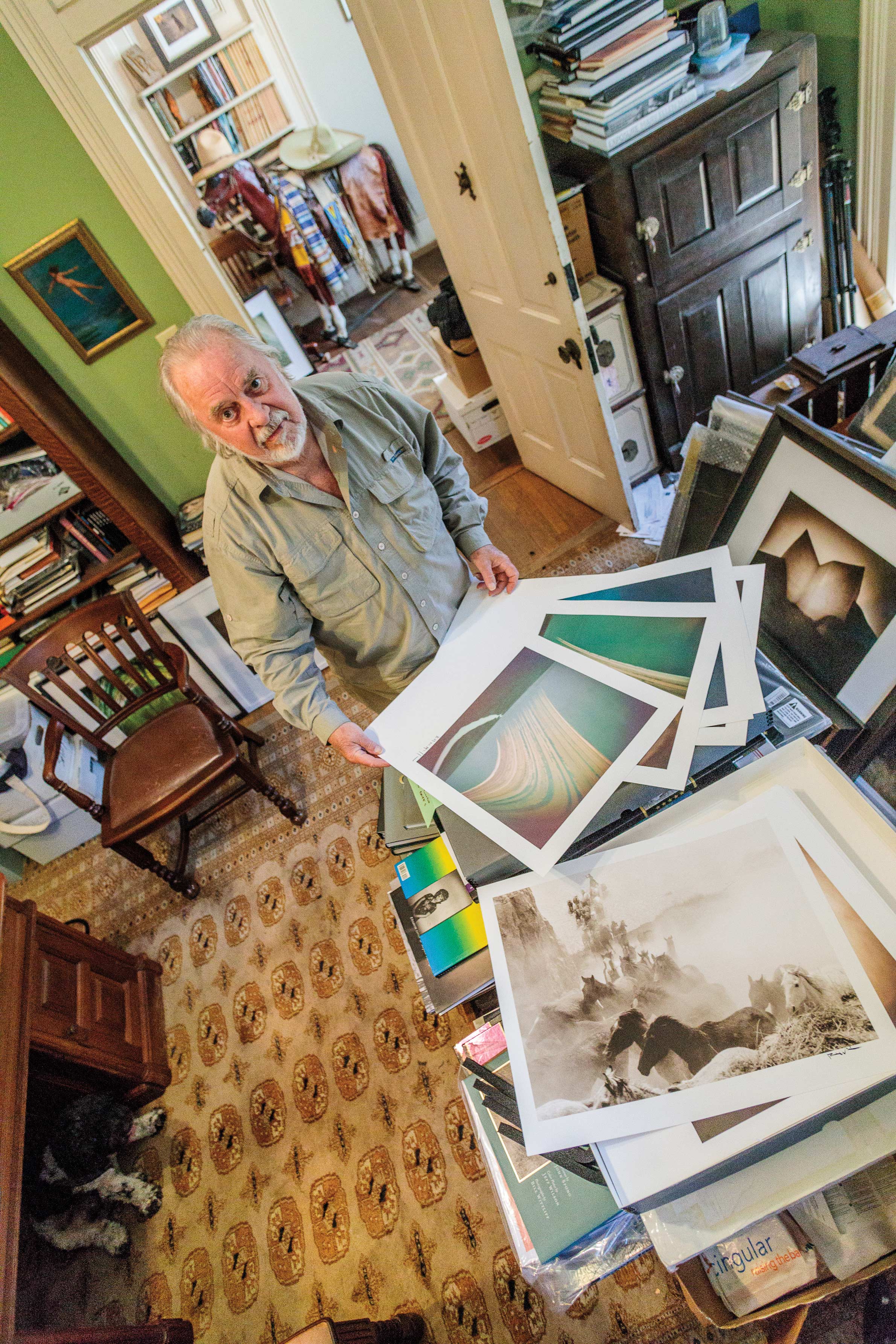
One of Bill Wittliff’s most recent projects was a series of long-exposure photos of the sun. Each solargraph can take months to make. Photo: Will van Overbeek
Bill Wittliff, the renowned Texas author who co-founded an archive of Texas cultural treasures at Texas State University, died on Sunday, the university reported.
“Bill was a gifted writer, filmmaker, photographer, artist, and visionary. He was an inspiration to all who knew him, but particularly to our students. During special programs at The Wittliff attended by hundreds of people of all ages, Bill could usually be found in the corner of the room surrounded by students as he patiently answered questions about the creative process,” Texas State University President Denise Trauth said in a Monday email to faculty, staff, and students. “Bill and his wife, Dr. Sally Wittliff, founded The Wittliff Collections at Texas State University in 1986 to create a special collections research archive, library, and exhibition gallery focused entirely on the creative spirit of Texas and the Southwest. Because of their continued support, today The Wittliff includes more than 500 special collections in literature, photography, music, and film, and attracts visitors, researchers, and lifelong learners from around the globe. It stands as a tribute to Bill’s legacy.”
In memory of Wittliff, we revisit our July 2018 story about Wittliff and the founding and evolution of the archives bearing his name:
In 1985, Bill Wittliff was four years away from mega-success as screenwriter and executive producer of the beloved miniseries Lonesome Dove when he got a phone call from the former assistant of J. Frank Dobie, the pioneering folklorist who’d died two decades earlier. “Would you be interested in buying Dr. D’s desk?” his assistant asked.
The Wittliff Collections’ current exhibitions include ¡Viva Jerry Jeff! The Origins and Wild Times of a Texas Icon, from the archives of singer-songwriter Jerry Jeff Walker, through July 8; and Sunrise Sunset: Solargraphs by Bill Wittliff, abstract photography of Texas landscapes, through July 30 on the seventh floor of the Albert B. Alkek Library at Texas State University in San Marcos.
Texas State University: 512-245-2313
Wittliff didn’t hesitate. “I would love to,” he replied.
Now 78, with a predilection for Hawaiian shirts and white tennis shoes, Wittliff can look back at a career that rivals and maybe even surpasses Dobie’s: He’s written blockbuster screenplays and well-regarded novels, owned and operated a book-publishing imprint with his wife, Sally, and made photographs exhibited throughout the United States and Mexico. You could argue he’s the state’s greatest living Renaissance man. But a lifelong habit of collecting treasures, beginning with arrowheads and overheard stories when he was a boy in rural Texas, may ultimately lead to Wittliff’s most enduring legacy. And Dobie’s old desk set it all in motion.
“I was a big collector of J. Frank Dobie stuff,” Wittliff recalls. “He was a friend and mentor, just hugely important to me. I went over to the Dobie house”—across the street from the University of Texas campus in Austin—“where I had sat many times talking to Dobie, and I was writing her a check for the desk when I looked over in the corner and there were somewhere between 30 and 40 boxes, just stacked up.”
“What’s that?” Wittliff asked.
The boxes, it turned out, contained the remainder of Dobie’s archives, soon to be auctioned via estate sale. Wittliff feared they’d be scattered and lost. “I went over and dipped my hand in the top box, and it was letters and manuscripts and notes and correspondence,” he says. “It was an amazing assortment of things, but I just saw little scraps.”
Wittliff bought the boxes. It was raining, so he put each one in a black trash bag, loaded them in the bed of his pickup truck, and drove to his office, a two-story house where O. Henry once lived on the west side of downtown Austin. As he sorted through the materials, his astonishment grew. An idea, a “knock at the door,” came to him. “I loved having that stuff,” Wittliff says, “but I knew it was too much for one person to have and that it could serve as the hub around which to build a really good collection of Southwestern literature.”
Within a year, Bill and Sally Wittliff had partnered with Texas State University in San Marcos to found the Southwestern Writers Collection, now known as The Wittliff Collections. The couple knew lots of writers from the two decades they ran their well-regarded publishing house, Encino Press, and quickly acquired archives and artifacts from a cast of Texas’ leading storytellers, from John Graves and Stephen Harrigan to Willie Nelson, eventually adding the papers of authors like Cormac McCarthy, Sandra Cisneros, and Sam Shepard as well as memorabilia from the making of Lonesome Dove, which is on permanent display.
The mission? To collect, preserve, and share the artistic process that springs from the Southwestern imagination and to foster a spirit that would “give the world a chance to know us better than we know ourselves,” as Gov. Ann Richards put it when the collection was formally dedicated in 1991. “What we sense in all this work is that we in the Southwest are bound to what the Spanish language calls querencia,” she said, “a place of such deep meaning and strong fealty that neither time nor distance can separate us from it. These artists remind us that who we are and where we come from is a source of pride and limitless imagination.”
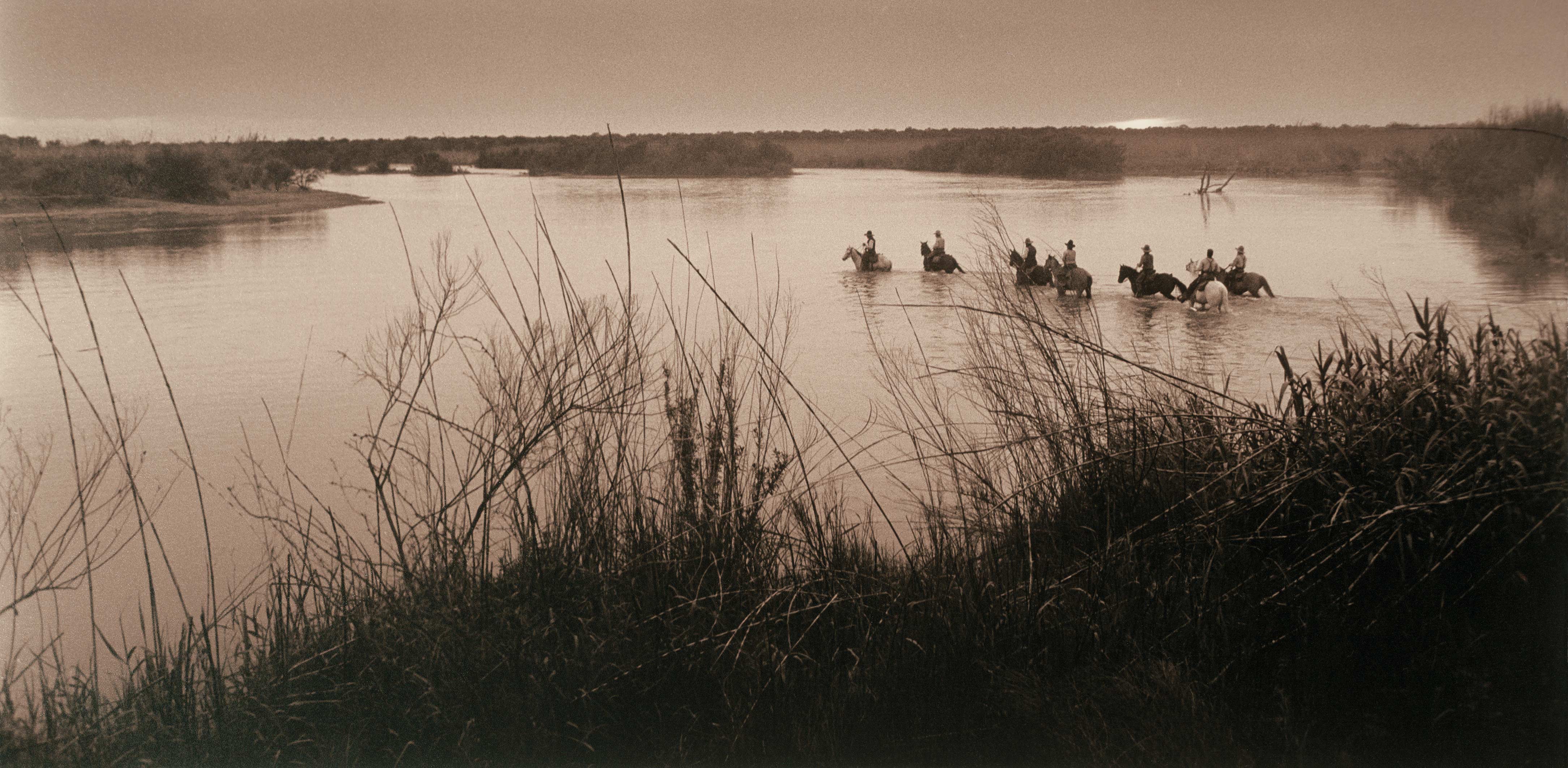
Riders cross the Rio Grande during the 1988 filming of the Lonesome Dove miniseries.
Texas’ creative and cultural legacy goes beyond literature, of course. In 1996, The Wittliff expanded to found the Southwestern & Mexican Photography Collection. With more than 19,000 documentary and fine-art images, it’s become an “ever-evolving, wonderfully miraculous and human thing,” says Keith Carter, the internationally celebrated photographer from Beaumont. Last year, The Wittliff branched out again, creating the Texas Music Collection with materials from songwriters and music journalists, along with artifacts like one of Bob Wills’ fiddles and Nelson’s childhood song lyrics.
Events and exhibitions—including the recent Las Tesoros de San Antonio, a display on four ranchera singers who found acclaim as early as the 1940s, then teamed up more than half a century later to record an album—are free and open to the public. With soft lighting, Saltillo tile, and wooden trim, the Southwestern-style galleries are an elegant oasis from the busy world. Devotees of Texas literature are also known to pilgrimage to the reading room, where a paddle Graves used for his canoe trip on the Brazos, the subject of his classic book Goodbye to a River, is framed and mounted to a wall.
The archives contain book proofs and photographs taken by Graves on his famous river trip, too. But The Wittliff is more than a repository of literary relics. By revealing the humanity and creative processes of Texas and the Southwest’s best artists, it is meant to inspire people “who have the itch but not yet the courage” to try their hand at writing and creating, Wittliff says.
“It’s astonishing to me to see somebody like John Graves trying to find just the right word and just the right sentence to express his intention, whereas before I saw things like that, I would have thought, well, they just lick their pencil and away it goes.” Pulling back the curtain on the writers he reveres has both electrified and encouraged Wittliff to pursue his own craft. “I can still feel that excitement,” he says. “It’s like somebody said, ‘Here’s a door if you want to try to go through it.’ ”
That commitment to inspire and encourage future storytellers distinguishes The Wittliff from other literary archives, says Director David Coleman. “We have a unique mission and a unique voice. The fact that we were founded by an artist really sets our tone and character and is the great magic of this place. I think Bill really does see it as his greatest legacy.”
For his part, Wittliff declines much of the credit for the collections that bear his name. “It seems like it wasn’t so much me telling it where to go, but it telling me where it wanted to go,” he says. “If I’ve been right anywhere, it’s been in listening to that.”


